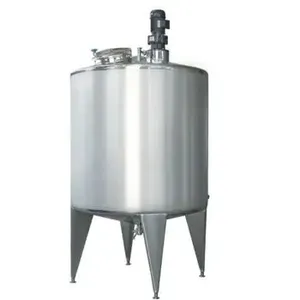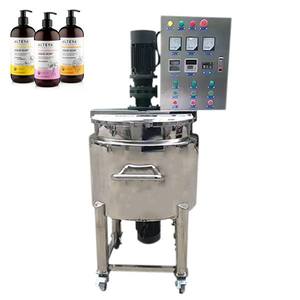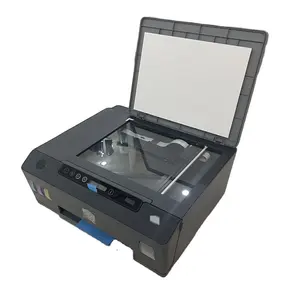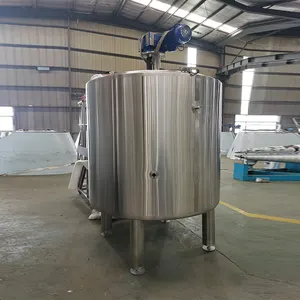Popular in your industry



















































Related Searches:











































































































Top categories
About mixing tank
A mixing tank is a large container designed to blend and combine various substances. These tanks are vital in industrial processes, providing the ability to mix items such as liquids, gases, and powders to create a homogeneous mixture. The tank's capacity can range from a few hundred liters to several thousand liters, and it often features specialized equipment, like tank agitators or mixing tanks with agitators, to facilitate the mixing process.
The application of mixing tanks
Mixing tanks play a crucial role in industries where the accurate blending of components is essential. In the pharmaceutical sector, these tanks are used in the production of medications, allowing for precise mixing of active ingredients and ensuring uniform distribution within the final formulation. Additionally, the food and beverage industry utilizes mixing tanks to combine ingredients for various products, such as beverages, sauces, and dairy items. In the chemical sector, these tanks facilitate the blending of different chemicals to create specific compounds, while in wastewater treatment plants, they aid in the mixing of chemicals for water purification processes. Overall, the versatility of mixing tanks makes them indispensable in a wide range of industrial applications.
The advantages of using mixing tanks
The primary benefit of using mixing tanks is their ability to ensure a consistent and uniform mixture. In industrial processes where the quality and homogeneity of the final product are paramount, these tanks provide the means to achieve precise blending. The controlled environment within the tank allows for the accurate combination of components, whether they are liquids, gases, or solids. This level of consistency is crucial in industries such as pharmaceuticals, where even slight variations in mixing can impact product efficacy and safety.
In addition to uniformity, mixing tanks offer efficiency and scalability. The ability to blend large quantities of substances in a single vessel streamlines the production process and reduces the need for multiple mixing steps. This efficiency not only saves time but also contributes to cost-effectiveness, making mixing tanks a valuable investment for many industries. Furthermore, the scalability of these tanks allows businesses to adjust the batch size without compromising the mixing quality, providing flexibility in production.
The precise control over mixing parameters, such as speed, temperature, and agitation, contributes to the overall effectiveness of these tanks. The incorporation of tanks with mixers and agitators ensures thorough blending and prevents the settling of heavier components. This feature is particularly important in applications where complete homogenization is critical. Moreover, the sealed design of many mixing tanks minimizes the risk of contamination and promotes a safe working environment. The ability to monitor and adjust the mixing process in real time enhances quality control and ensures that the final product meets the desired specifications.





























































































